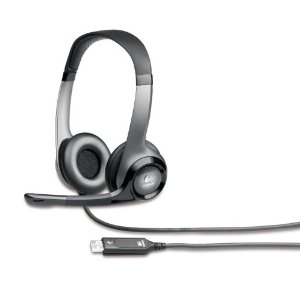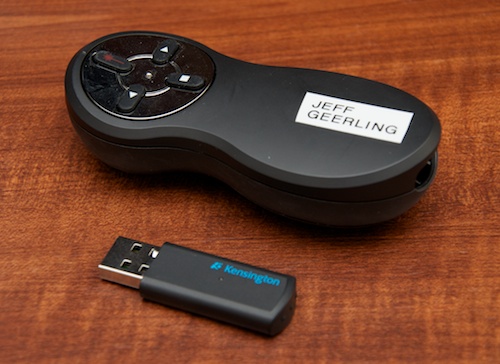Review: iClever 6-port 10A USB charging station
tl;dr: No matter how many mobile devices you have, there are never enough high-current charging ports—unless you have one of these!
I was given the iClever 6-port USB charging station pictured below so I could review the device on this site and on Amazon.com. I'm no stranger to beefy multi-port USB chargers; I now own three of the things, and use them for charging many devices at night, powering a cluster of six Raspberry Pi computers, and charging USB battery packs for long trips (it's great to not have to worry about finding an outlet for two or three days at a time while on vacation!).


